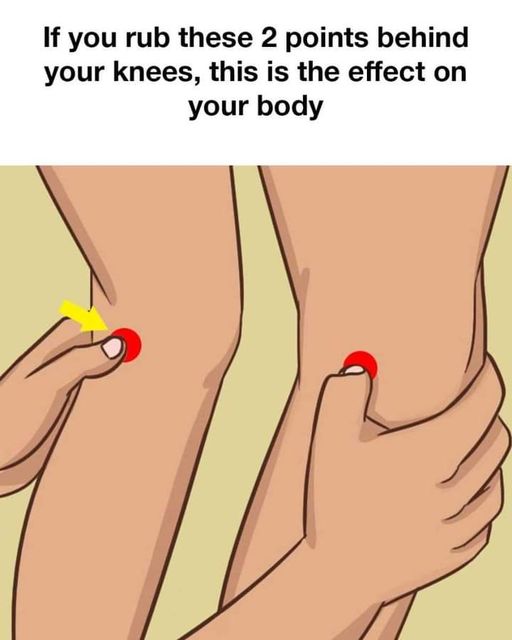As individuals grow older, they may commonly experience joint rigidity and lumbar discomfort. Instead of resorting to pharmaceuticals containing various chemicals, many opt for natural remedies to alleviate pain and inflammation. Acupressure, as defined by Acupressure.com, is a traditional therapeutic technique utilizing finger pressure on specific healing points to trigger the body’s inherent healing capacities.
The origins of acupressure can be traced back to ancient China, according to the Melbourne College of Professional Therapists, with well-documented benefits. Acupressure.com highlights numerous perks including enhanced blood circulation, profound relaxation, and relief from muscular rigidity.

Michael Reed recommends concentrating on two points: GB34 and ST36.
How do these acupressure points function?
Modern Reflexology clarifies that GB34 “is situated on the lateral aspect of the leg, just below the knee, a bit ahead of the tip of the outer leg bone.” ST36 is situated four finger-widths beneath the knee cap and one finger-width to the exterior of the leg. Reed suggests massaging GB34 and ST36 daily to mitigate muscle tension.
Apart from combating rigidity, Modern Reflexology outlines that GB34 might also alleviate nausea, vomiting, sciatica, hip discomfort, and jaundice. Natural Herbal Remedies mentions that ST36 is advantageous for muscle strength, digestion, fatigue alleviation, and menstrual cramps.
What other approaches can you adopt to relieve rigidity?
In addition to acupressure, the National Fibromyalgia and Chronic Pain Association recommends ensuring adequate deep slumber for muscle recuperation. Maintaining warmth and evading drafts during sleep is also advisable. A warm shower can aid in loosening stiff muscles and enhancing blood flow. These uncomplicated techniques can lessen morning rigidity without necessitating additional medication.
Feel free to SHARE this write-up with your beloved ones!